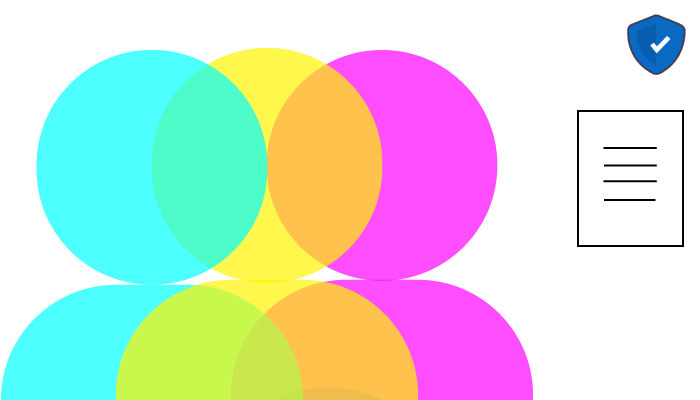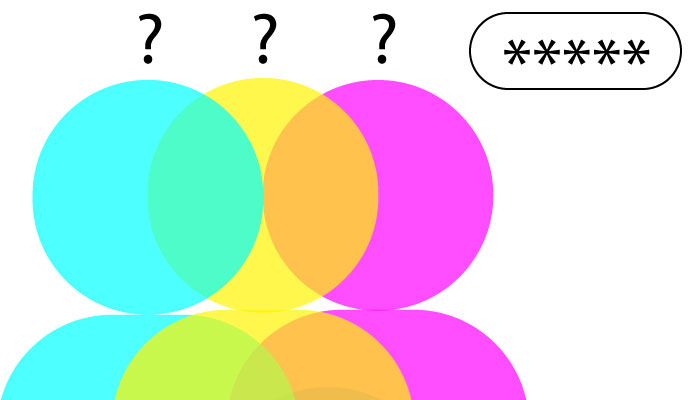In an ever-evolving world where diversity and inclusivity are increasingly celebrated, the scope of inclusion extends beyond race, gender, and ethnicity. Disability inclusion is an integral aspect of this tapestry of diversity, and it’s high time that society recognizes its importance. By fostering an environment that welcomes and accommodates people with disabilities, we not only uphold fundamental human rights but also enrich our collective experience. This article explores the significance of disability inclusion, the challenges it presents, and practical steps for achieving it.
The Significance of Disability Inclusion
- Equal Opportunities: At the core of disability inclusion is the principle that every individual, regardless of their abilities, should have equal opportunities in all facets of life. This means access to education, employment, healthcare, and social participation. When we prioritize disability inclusion, we empower individuals with disabilities to contribute to society, showcasing their unique talents and perspectives.
- Enhanced Innovation: Diversity, in all its forms, drives innovation. By including individuals with disabilities, we gain fresh insights and problem-solving approaches. For instance, designing products and services with accessibility in mind not only benefits those with disabilities but can lead to innovations that improve the quality of life for everyone.
- Legal and Ethical Imperatives: Many countries have legislation in place to protect the rights of individuals with disabilities. In the United States, the Americans with Disabilities Act (ADA) and other similar laws ensure equal access and opportunities. Failing to uphold these laws is both unethical and, in many cases, illegal.
The Challenges of Disability Inclusion
- Attitudinal Barriers: One of the most significant obstacles to disability inclusion is the negative attitudes and stereotypes surrounding disability. Prejudices can lead to discrimination and exclusion, making it essential to challenge and change these attitudes.
- Physical and Digital Accessibility: The physical environment and the digital world should be accessible to all. This includes wheelchair ramps, accessible public transport, and websites and applications that adhere to web accessibility standards. However, many buildings and websites are not yet fully inclusive.
- Employment Gaps: Individuals with disabilities often face difficulties in gaining employment or advancing in their careers. Workplace accommodations and discrimination are contributing factors to these employment gaps.
Practical Steps for Achieving Disability Inclusion
- Education and Awareness: The first step in fostering disability inclusion is education. Promote awareness about various types of disabilities, challenge stereotypes, and encourage empathy and understanding.
- Accessibility: Invest in making public spaces, transportation, and digital platforms more accessible. This includes providing ramps, elevators, Braille signage, and captioning for videos.
- Inclusive Employment: Organizations should actively recruit individuals with disabilities, create inclusive work environments, and provide reasonable accommodations. Training programs can help foster understanding and reduce workplace discrimination.
- Collaboration: Governments, businesses, and community organizations should work together to develop and implement policies that promote disability inclusion. This collaboration can lead to more accessible public services and increased opportunities for individuals with disabilities.
- Support and Advocacy: Support networks and advocacy groups play a crucial role in promoting disability inclusion. These organizations can offer resources, guidance, and a sense of community for individuals and their families.
Disability inclusion is not just a moral imperative; it’s a path to a richer, more diverse society. When we embrace people with disabilities and actively work to remove the barriers they face, we create a more equitable and innovative world. Disability inclusion is a journey that requires collective effort, but it is a journey well worth embarking upon. By valuing diversity in all its forms, we move closer to a future where every individual can reach their full potential, regardless of their abilities.




 English
English Deutsch
Deutsch Українська
Українська Polski
Polski עִבְרִית
עִבְרִית Türkçe
Türkçe العربية
العربية Français
Français Italiano
Italiano Español
Español 繁體中文
繁體中文 简体中文
简体中文 Shqip
Shqip Bosanski
Bosanski Български
Български Hrvatski
Hrvatski Čeština
Čeština Nederlands
Nederlands Suomi
Suomi Српски језик
Српски језик Ελληνικά
Ελληνικά Русский
Русский Română
Română Português
Português فارسی
فارسی ਪੰਜਾਬੀ
ਪੰਜਾਬੀ Svenska
Svenska Afrikaans
Afrikaans አማርኛ
አማርኛ Հայերեն
Հայերեն Azərbaycan dili
Azərbaycan dili Euskara
Euskara Беларуская мова
Беларуская мова বাংলা
বাংলা Català
Català Cebuano
Cebuano Chichewa
Chichewa Corsu
Corsu Dansk
Dansk Esperanto
Esperanto Eesti
Eesti Filipino
Filipino Frysk
Frysk Galego
Galego ქართული
ქართული ગુજરાતી
ગુજરાતી Kreyol ayisyen
Kreyol ayisyen Harshen Hausa
Harshen Hausa Ōlelo Hawaiʻi
Ōlelo Hawaiʻi हिन्दी
हिन्दी Hmong
Hmong Magyar
Magyar Íslenska
Íslenska Igbo
Igbo Bahasa Indonesia
Bahasa Indonesia Gaeilge
Gaeilge 日本語
日本語 Basa Jawa
Basa Jawa ಕನ್ನಡ
ಕನ್ನಡ Қазақ тілі
Қазақ тілі ភាសាខ្មែរ
ភាសាខ្មែរ 한국어
한국어 كوردی
كوردی Кыргызча
Кыргызча ພາສາລາວ
ພາສາລາວ Latin
Latin Latviešu valoda
Latviešu valoda Lietuvių kalba
Lietuvių kalba Lëtzebuergesch
Lëtzebuergesch Македонски јазик
Македонски јазик Malagasy
Malagasy Bahasa Melayu
Bahasa Melayu മലയാളം
മലയാളം Maltese
Maltese Te Reo Māori
Te Reo Māori मराठी
मराठी Монгол
Монгол ဗမာစာ
ဗမာစာ नेपाली
नेपाली Norsk bokmål
Norsk bokmål پښتو
پښتو Samoan
Samoan Gàidhlig
Gàidhlig Sesotho
Sesotho Shona
Shona سنڌي
سنڌي සිංහල
සිංහල Slovenčina
Slovenčina Slovenščina
Slovenščina Afsoomaali
Afsoomaali Basa Sunda
Basa Sunda Kiswahili
Kiswahili Тоҷикӣ
Тоҷикӣ தமிழ்
தமிழ் తెలుగు
తెలుగు ไทย
ไทย اردو
اردو O‘zbekcha
O‘zbekcha Tiếng Việt
Tiếng Việt Cymraeg
Cymraeg isiXhosa
isiXhosa יידיש
יידיש Yorùbá
Yorùbá Zulu
Zulu